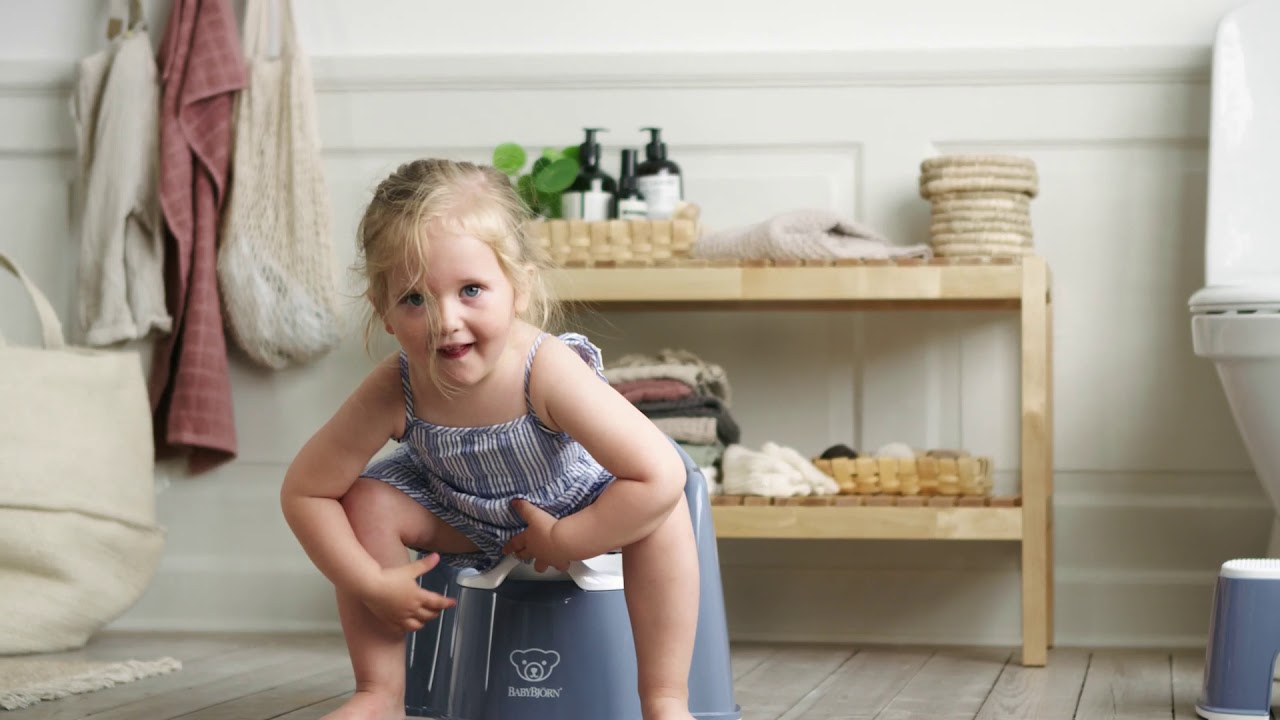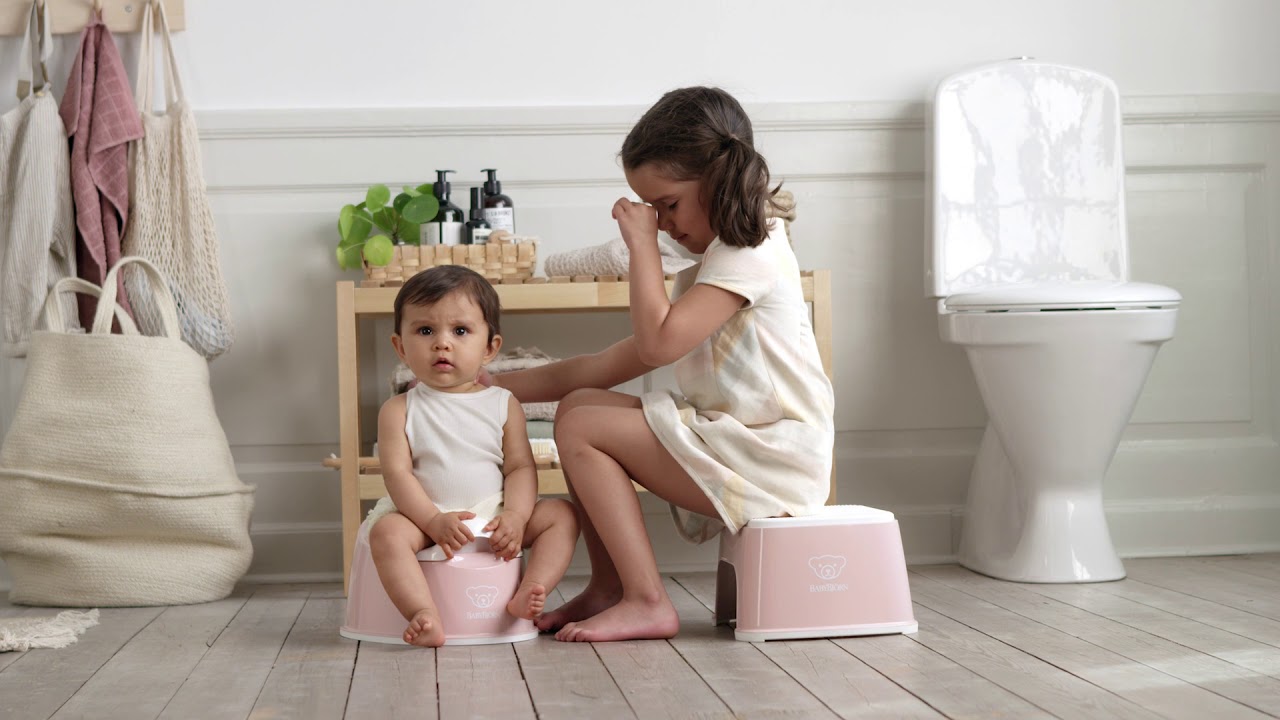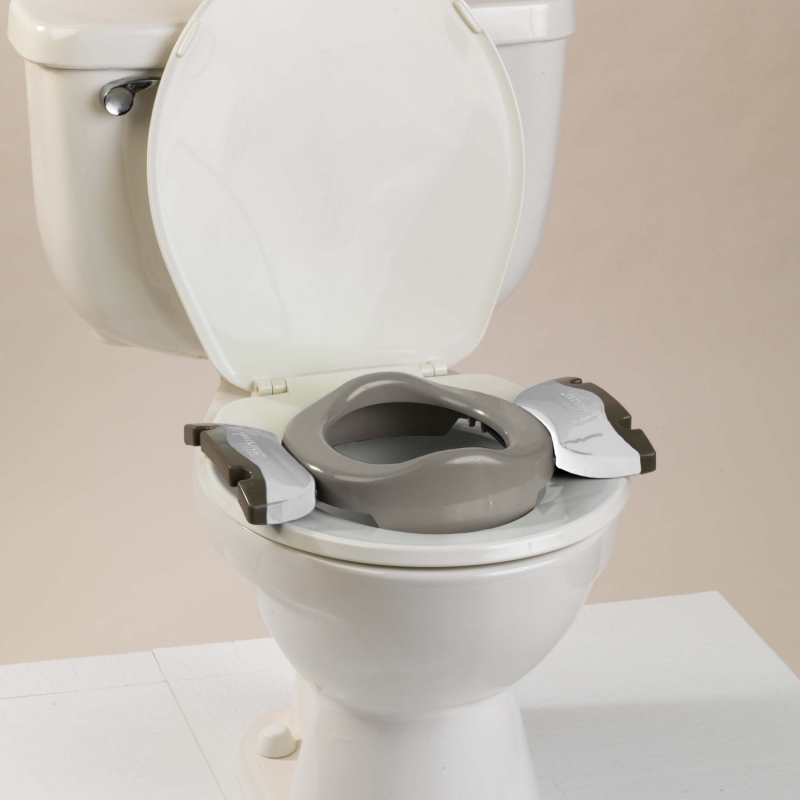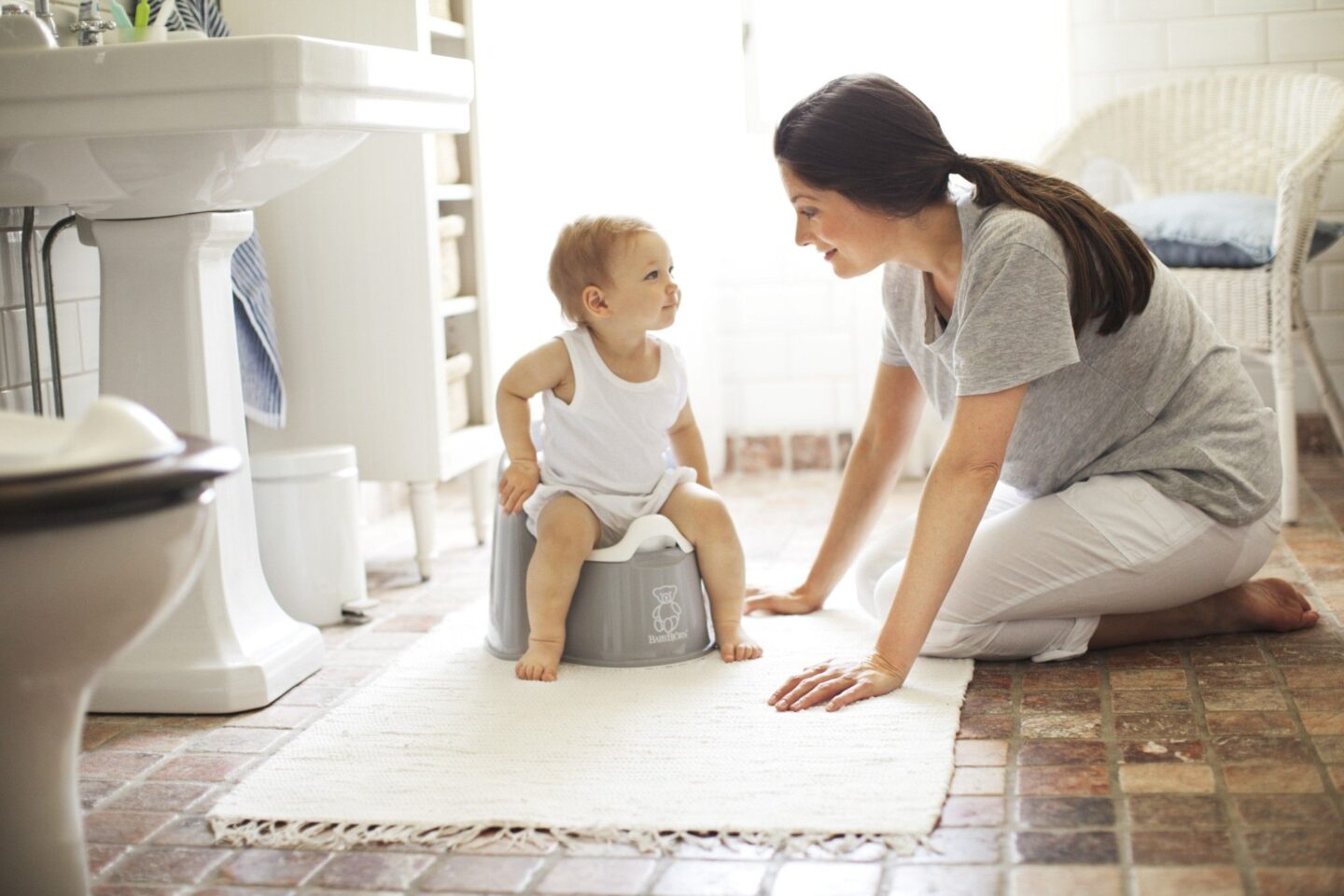Potty training is a big milestone in your little one’s life and yours. It means you are all moving into a nappy-free reality, and it promises a simpler daily life without regular nappy changes. But when to start potty training, and how to acually do it can be a minefield.
The process of potty training itself though can seem like a huge task. Some of us put it off for too long, and others try to do it too soon. So, when is the right time to potty train, and how should we go about it?
As potty training takes time, patience and a lot of mopping up of accidents, our golden rule is to potty train when you are ready for it.
Find some clear time, perhaps when you’re on a summer holiday and with your child all day. Or at a time when you have a few clear days at home to dedicate to potty training.
That way, you can be prepared to help your child through the transition.
So, when should I actually start potty training?
Trying to potty train too soon is a trap that a lot of parents can fall into. Perhaps you see your friend’s child potty trained, and you feel that your child should be doing it too. Or you may have read an article saying that 2 years old is the age to potty train, so you decide that this is when your child must do it.
There is no exact age that is ideal for potty training. It really depends on your child. As a general guide, most children potty train any time between their second and third birthdays. Night-time potty training can take even longer and is sometimes looked at as a separate stage of potty training altogether.
It’s hard to relax about it, but in the long term, it’s better to read your child for signals that they’re ready and be guided by those.

How do I know when my child is ready?
There are a few tell-tale signs that it’s time to start potty training your toddler:
- Have a dry nappy for a few hours. If you notice that your child is holding their wee in for a few hours before releasing it, then this could be a sign that they’re ready for potty training.
- Telling you when they have done a wee or poo.
- Feeling uncomfortable in wet nappies and asking to be changed.
- Hiding behind the sofa for a poo or wanting to be alone to do a wee or a poo.
- Showing an interest in their parents or siblings using the toilet.
How should I prepare for potty training?
If you see these signs, it might be a good idea to start preparing for potty training. You could:
Get them a small potty and leave it out in the bathroom.
If your child gets used to seeing the potty around the house, they can become more familiar with the idea.
Baby Bjorn offer a full bathroom range, that includes a colourful potty, toilet seat adapter and handy step.

Alternatively, if you need a more travel-friendly solution, the Potette is a full-size portable potty can be used with the reusable hard liner or disposable liner and can also convert into a toilet training seat by folding flat. This gives your little one a smooth overall potty-training experience with the same trusted potty.

Read a book or watch a video about potty training.
Books are a great way to explain the change that will happen when they move from nappies to the potty. For your child it’s an entirely new concept that they’ve never heard of before, so breaking it down can help.
Princess Polly potty and Pirate Pete potty are great books to read. You can find a storytime video of Princess Polly potty here:
How do I stop them from getting ‘spooked’ by the potty?
The best way to introduce your child to the potty is to bring it into their daily routine before you even start potty training.
One way to do this is to have a potty in the bathroom for a few weeks or months before starting.
When your child is getting undressed for bathtime, you could ask them to sit on the potty for a few minutes while the water is running.
They don’t have to do anything on the potty, just sit on it.
You could even give them some books to look at or chat to them while they’re on the potty to make it a fun experience for them.
By bringing it into their routine in a pressure-free way, they can get used to their potty and feel less scared of it when the time comes to use it.
Your child may even manage to do a wee while on sitting on it. If they do, that’s a bonus, and it could be a sign that they’re ready to move out of nappies.
However at this early stage they don’t need to use the potty, just sit on it for a few minutes.
Another thing that can spook many toddlers out is the flushing of a toilet which is a loud sound.
So it’s always best to get them a quiet potty that is their own size rather than sitting them on the toilet.
If they don’t like one particular potty, you can let them choose their potty themselves so they feel they own the process a little more.

How do you know if it’s not working?
Potty training can take 3-5 days for your child to grasp, so it’s worth persevering through that time.
If you feel that your child is not using the potty at all after 3 days and is still wetting themselves every time they need to go, then it’s always best to stop. It saves you both a lot of stress.
Your child can go back to nappies, and a few months later, you can try again. You may be surprised how easily they grasp it when they’re that little bit older.

Sophia Nomicos is a mother of three based on London and founder of parenting website and community Mas & Pas. It aims to offer a positive online space for modern mums and dads to find information and connect to each other though online parenting chat groups.